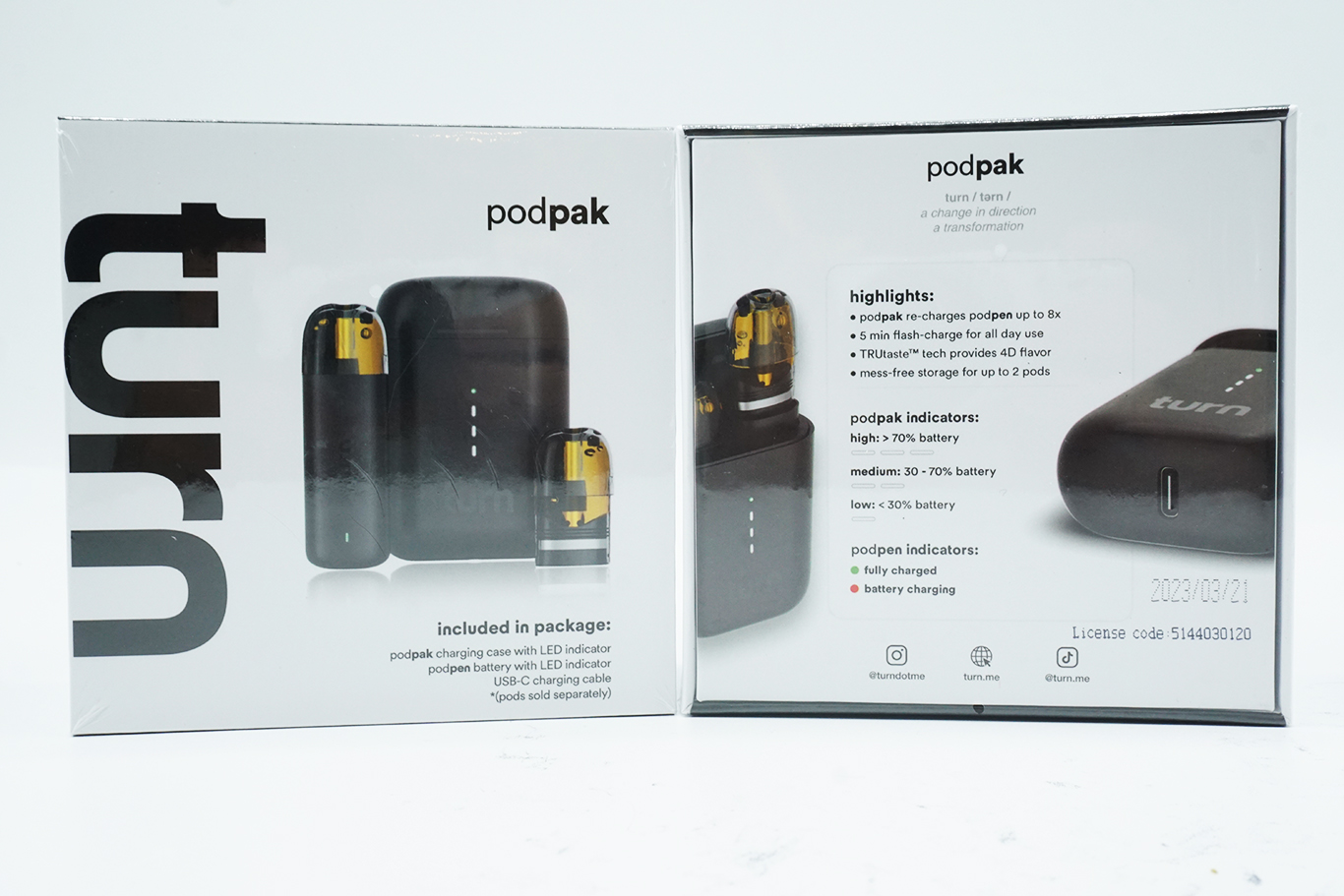Turn Products: Safe and Reliable Vape Cartridges
Turn Products: Safe and Reliable Vape Cartridges
Blog Article
The Ecological Influence of Non Reusable Vapes: Are They Absolutely Lasting?
Disposable vapes, a thriving market sector in the vaping industry, have stimulated disputes regarding their environmental effect. With problems ranging from resource removal to squander disposal, diving into the ecological impact of disposable vapes reveals a multifaceted concern that should have closer assessment.
Environmental Effect of Disposable Vapes

Unlike traditional vapes that can be re-filled and recycled, disposable vapes are made for a single-use cycle, bring about a fast accumulation of digital waste. The production process of disposable vapes additionally takes in valuable sources and power, further aggravating their ecological footprint. Improper disposal of these tools can lead to soil and water contamination, posturing dangers to wild animals and communities.

Manufacturing Process and Resource Intake
Throughout the manufacturing of disposable vapes, significant quantities of sources and power are taken in, adding to their total ecological effect. The manufacturing process of disposable vapes includes the extraction and processing of basic materials such as metals for the device parts, plastic for the covering, and lithium-ion batteries for the power resource. These procedures need significant power inputs and can result in the generation of greenhouse gas emissions, adding to climate change. Additionally, the production of non reusable vapes commonly includes making use of non-renewable resources, additionally diminishing limited materials.
In addition, the manufacturing of non reusable vapes also generates waste and air pollution. The manufacturing procedure of disposable vapes plays a considerable function in their total ecological impact and sustainability factors to consider.
Waste Generation and Disposal Challenges
Taking into account the resource-intensive manufacturing procedure of non reusable vapes, the management of waste generation and disposal presents significant environmental challenges. Disposable vapes add to the placing issue of electronic waste because of their single-use nature and complicated make-up. The batteries, wiring, and plastic parts of non reusable vapes make them difficult to recycle successfully, leading to a considerable quantity of e-waste ending up in garbage dumps. Improper disposal of these devices can lead to damaging chemicals seeping right into the dirt and water, posturing risks to environments and human health and wellness.
Additionally, the incorrect disposal of non reusable vape cartridges, which typically include residual nicotine and various other hazardous compounds, can pollute the atmosphere if not dealt with appropriately. The absence of standard recycling programs for these cartridges intensifies the problem, with numerous finishing up in regular waste streams.
To resolve these waste generation and disposal difficulties, it is critical for producers to design even more sustainable vape products that are easier to recycle. Additionally, boosted awareness and education and learning on proper disposal techniques amongst consumers are critical in reducing the ecological impact of non reusable vapes.
Chemicals and Hazardous Materials Use

Furthermore, the batteries in non reusable vapes contain you could try here hefty metals such as cadmium, lithium, and lead, which are hazardous to the setting if not reused suitably. Turn products. Improper disposal of these batteries can next cause dirt and water contamination, positioning dangers to communities and human health and wellness. The widespread use of chemicals and poisonous materials in disposable vapes emphasizes the significance of embracing sustainable methods in their production, use, and disposal to mitigate unfavorable ecological influences.
Lasting Alternatives and Solutions
What lasting choices and solutions can be executed to resolve the environmental impact of disposable vapes? One significant option is the adoption of refillable or rechargeable vape tools. By picking tools that can be billed and re-filled with e-liquid, customers can dramatically reduce the amount of waste produced from non reusable vapes. Furthermore, promoting responsible disposal methods for non reusable vapes, such as recycling programs, can aid alleviate the ecological effects related to these items.
An additional lasting option is the development of biodegradable vape parts. Makers can check out using biodegradable products for vape housings, cartridges, and packaging to reduce the lasting ecological influence of these products. Encouraging the usage of vaping items with fewer chemical ingredients and toxins can additionally contribute to a much more lasting vaping market.
Education and understanding campaigns can play an essential role in promoting lasting practices among vapers - Turn products. By educating consumers regarding the ecological impact of non reusable vapes and highlighting the benefits of eco-friendly options, individuals can make even more educated selections that align with ecological preservation initiatives. Ultimately, a combination of governing steps, technical developments, and customer actions is vital to attend to the environmental obstacles posed by non reusable vapes
Conclusion
To conclude, the ecological impact of disposable vapes is significant due to the production process, resource intake, waste generation, and use chemicals. Lasting alternatives and solutions should be thought about to reduce these negative results. It is crucial for manufacturers and consumers to focus on eco-friendly practices to lower the environmental harm triggered see this by non reusable vapes.
The environmental effect of disposable vapes is a growing issue as their widespread usage adds to plastic waste build-up.Unlike conventional vapes that can be filled up and reused, non reusable vapes are made for a single-use cycle, leading to a quick buildup of electronic waste. The prevalent use of chemicals and hazardous materials in disposable vapes highlights the significance of adopting lasting practices in their use, disposal, and manufacturing to reduce adverse ecological influences.
By educating customers regarding the environmental effect of non reusable vapes and highlighting the benefits of environmentally friendly choices, individuals can make even more educated selections that align with ecological conservation initiatives.In final thought, the ecological influence of disposable vapes is substantial due to the manufacturing procedure, source consumption, waste generation, and use of chemicals.
Report this page